-
Rijksmuseum and Philips announce the world’s most advanced LED lighting design in a museum of fine art
-
Philips illuminates renovated Rijksmuseum, including all artworks
Royal Philips Electronics announces the illumination of the renovated Rijksmuseum in Amsterdam and its entire art exhibition with its LED lighting. As one of the lead partners in the renovation, Philips has been working closely with the Rijksmuseum on the lighting design with a strong focus on the visitor experience and the conservation of the artworks. The renovated Rijksmuseum opens its doors on April 13, showcasing collections of the Dutch Masters such as Rembrandt and Vermeer, all illuminated with Philips LED lighting.
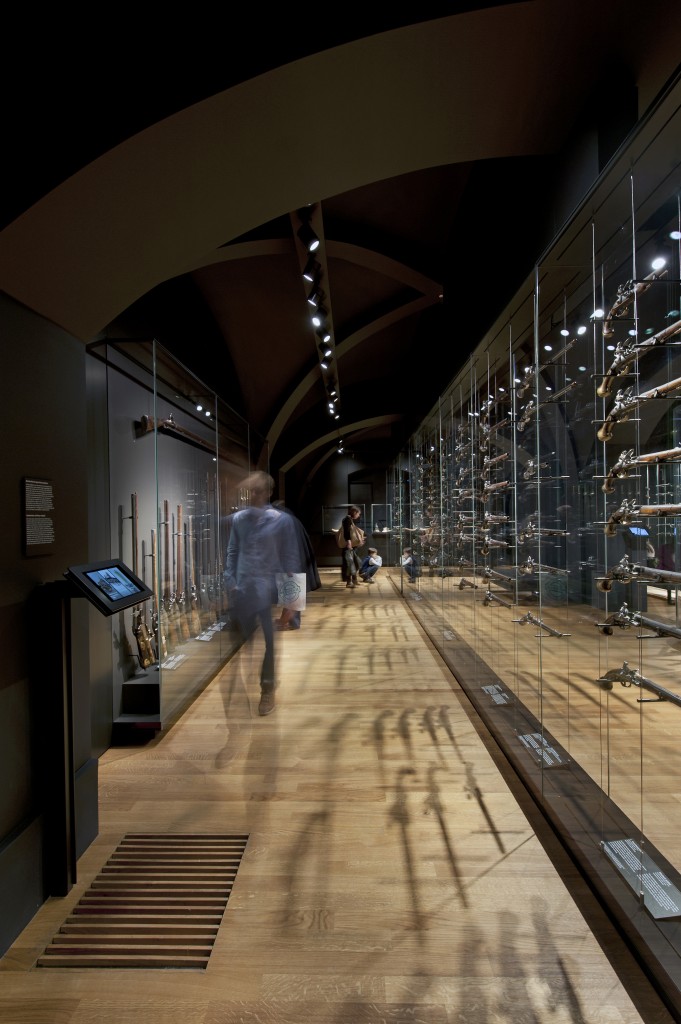
(Photo credit: Roos Aldershoff Fotografie)
The LED lighting solution creates effects and visual contrasts that closely mimic the color rendition of natural daylight, presenting the artwork in the best way and enhancing the visitor experience. With more than 9,500 square meters and 7,500 artworks illuminated, it is the largest gallery space ever lit by LED. In addition, Philips’ LEDs light the museum’s public spaces including the shop, the atriums, the restaurant as well as the outdoor area and building façade.
“We are very proud of working with the Rijksmuseum on this innovative and monumental renovation,” said Rogier van der Heide, Chief Design Officer and Vice President at Philips Lighting. “The lighting solution is the result of a unique collaborative effort with the Rijksmuseum and the architects, using Philips’ knowledge of the art and science of illumination to achieve a quality of light that truly brings out the detail of each masterpiece.”
Philips developed, implemented and detailed the lighting of the new Rijksmuseum. Philips cooperated closely with the museum staff, the museum’s architects Wilmotte & Associés and Cruz y Ortiz to realize the interior lighting design and also worked with the Rijksgebouwendienst (the Government Buildings Agency part of the Ministry of Interior and Kingdom Relations, the owner of the building) to realize plans for the outdoor lighting.
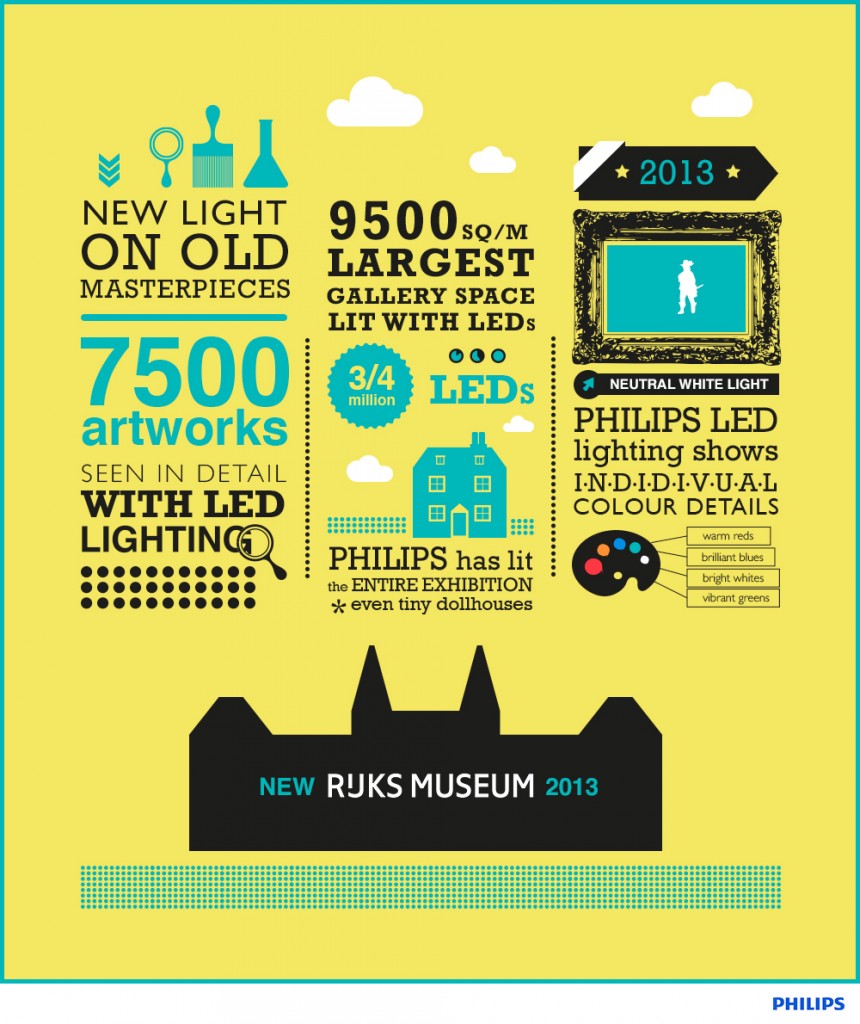
Experience and preservation of the artworks are paramount
Lighting influences the way we look at art in a museum and is crucial to showcase every single detail of the artwork. The illumination of each art piece has been individually tuned and focused to bring out its unique features and to ensure the best possible experience for visitors.
Tim Zeedijk, Head of Exhibitions at the Rijksmuseum outlined the reasons behind their choice: “At the heart of all the decisions we take are two aspects, the visitor’s experience of the museum and the preservation of our art. We chose LED lighting for firstly, the high quality of the light emitted, and secondly the color rendering of LED lighting, which is very close to that of daylight. This allows the art to be viewed in the best light possible to bring out all the colors and details that the artist intended us to see. LED lighting in particular outlines the visual contrast and relief in the paintings. We see this in the way we light our sculptures, but also the paintings with thick impasto. For example, when viewing Rembrandt’s work, LED light reveals more of the detail.
Tim Zeedijk also added: “A significant advantage of the new generation of LED lighting is that there is hardly any radiation of heat and no harmful UV beams being emitted on the art pieces, this means the art is better protected. In addition, LEDs have a longer life span and require less maintenance than halogen lighting, which is more commonly used in museums. Moreover, the ease of use was also important to our curators. Philips offers a solution that allows us to dim individual lighting fixtures using an iPad – solutions like this are indispensable in the dynamic Rijksmuseum.”
The LED solution from Philips emits uniform light that is safe for the artworks and meets international criteria for the conservation of art. Neutral white light brings out colors in all their details, whether greens/blues or red/yellows, showing artworks as if viewed in ‘high definition.
World’s most advanced lighting solution in a museum of fine art
The new LED lighting illuminates artworks that date back to the Middle Ages. In total, the lighting illuminates 7,500 artworks spanning several centuries. Philips’ lighting solution consists of ¾ of a million LEDs, including 3,800 LED spots, more than 1.8 kilometers of LED lighting the ceiling and an advanced LED lighting control system via a mobile application for museum employees to use.
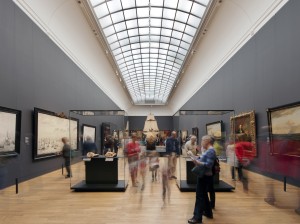
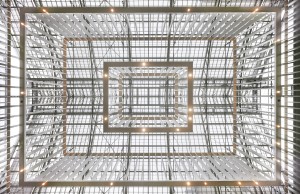
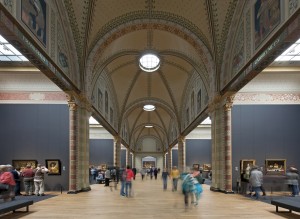
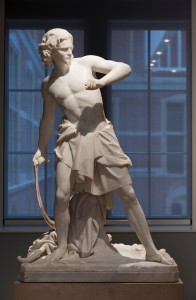
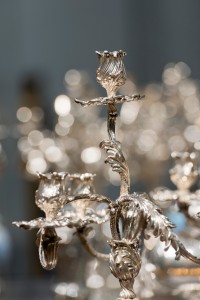
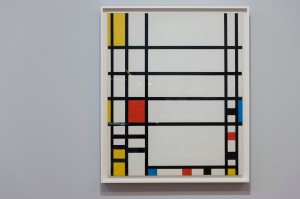
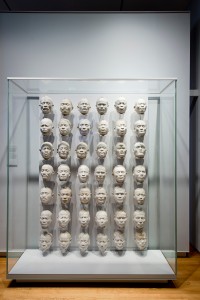

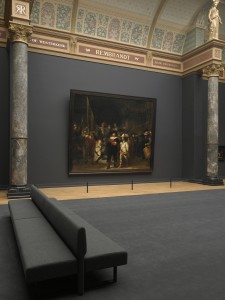
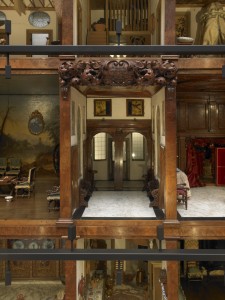
(Photo credit: Roos Aldershoff Fotografie/ Pholips)
























